How to incorporate a Bath into your Bathroom Designs
Monday 09 September 2024
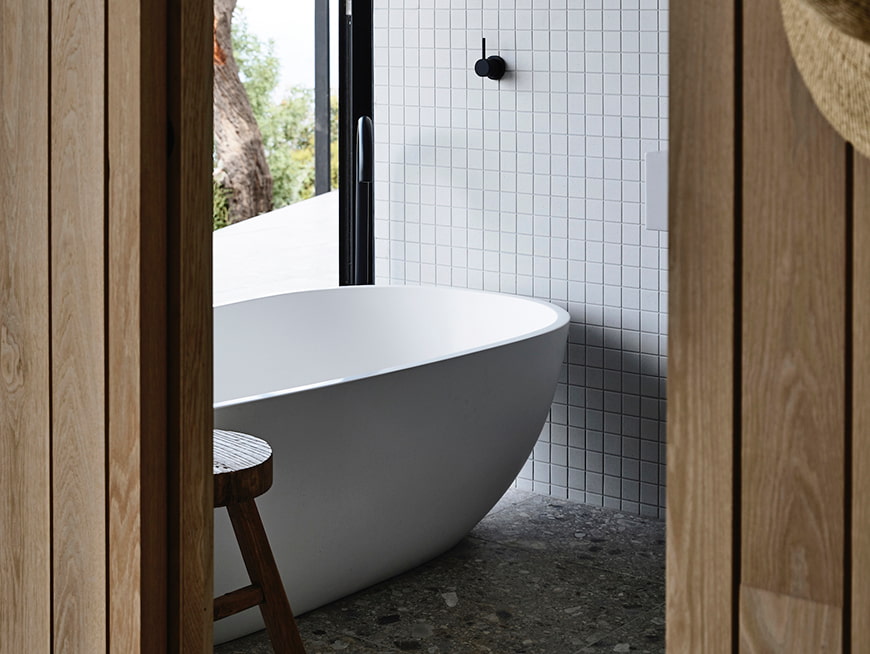
Bathrooms, often considered a sanctuary for relaxation and rejuvenation, are pivotal to a home's comfort and, increasingly, its resale value. Consumer trends continually show that, despite the rise of quick showers as a daily routine, the allure and intrinsic wellbeing attributed to a warm, luxurious bath are timeless. For homeowners, designers, and aficionados alike, understanding how to incorporate a bath into a bathroom design is paramount. With a thoughtful approach, a bath can be more than a mere fixture – it becomes the centrepiece, the embodiment of luxury, and an indispensable asset to any household.
The Case for a Bath: Beyond the Basics
The Elegance of Bathing
In a world that emphasises convenience, the act of taking a bath preserves an elegance that showers simply cannot replicate. The luxury of immersing oneself in warm water, letting the day's stresses melt away, has a timeless charm. It's an experience synonymous with leisure and luxury, which modern design must reflect and preserve.
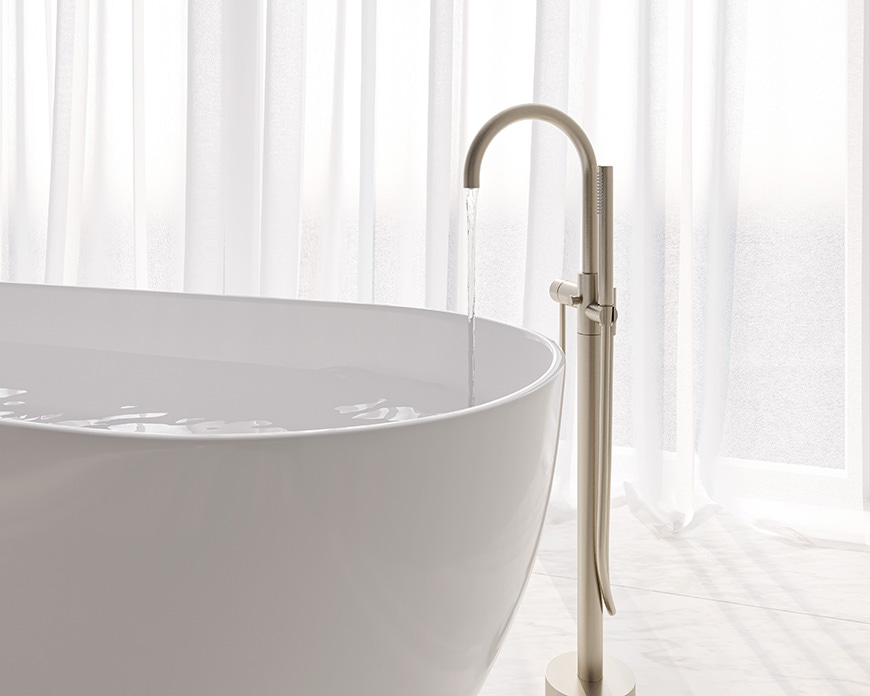
Health and Wellness Perspective
Bathing is not just about cleanliness – it's a notable contributor to wellness. A warm bath is known to aid in relaxation, relieve muscle tension, and improve sleep quality. Additionally, a study by Loughborough University in the UK found that a hot bath can offer an energy expenditure that is about equivalent to a 30-minute walk, supporting cardiovascular health and muscle conditioning.
Home Value and Market Appeal
A house with a well-designed bath is a property with an edge. Real estate market trends continue to show that houses with updated and luxurious bathrooms drive higher sale prices and appeal to a wider range of buyers. A bath designed with serenity in mind can turn a simple bathroom visit into a coveted home retreat.
Types of Baths and Their Uses
Freestanding
Freestanding baths are a statement piece in any bathroom, offering a sense of luxury and grandeur. With a wide variety of materials and shapes available, from traditional clawfoot tubs to sleek, modern ovalesques, freestanding baths present an opportunity for personal expression.
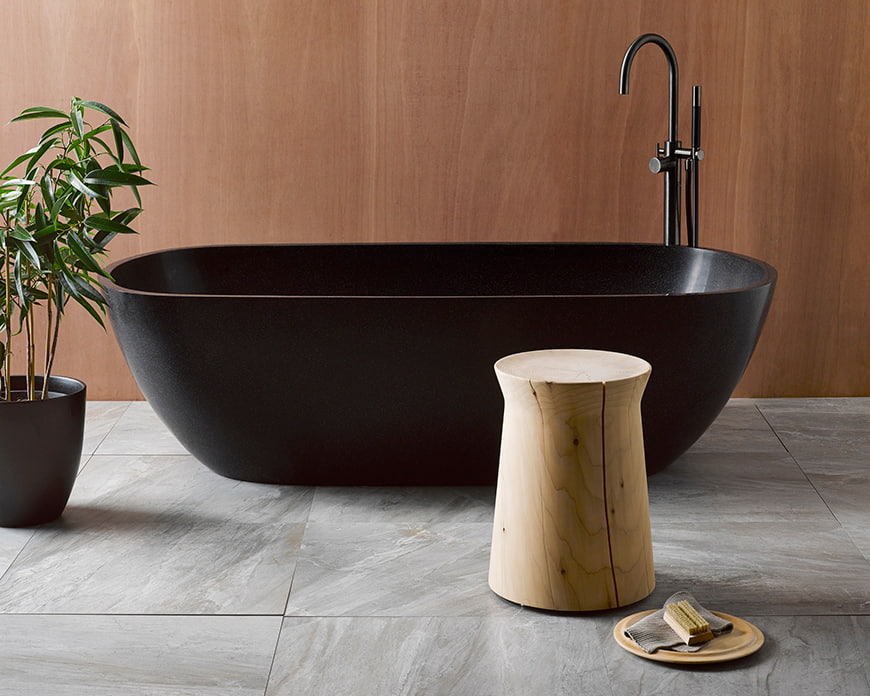
Drop-in and Corners
For compact bathrooms, drop-in and corner baths provide an essential solution without sacrificing functionality or aesthetics. These tubs optimise space and, when paired with the right enclosure or drapery, can create an intimate bathing experience.
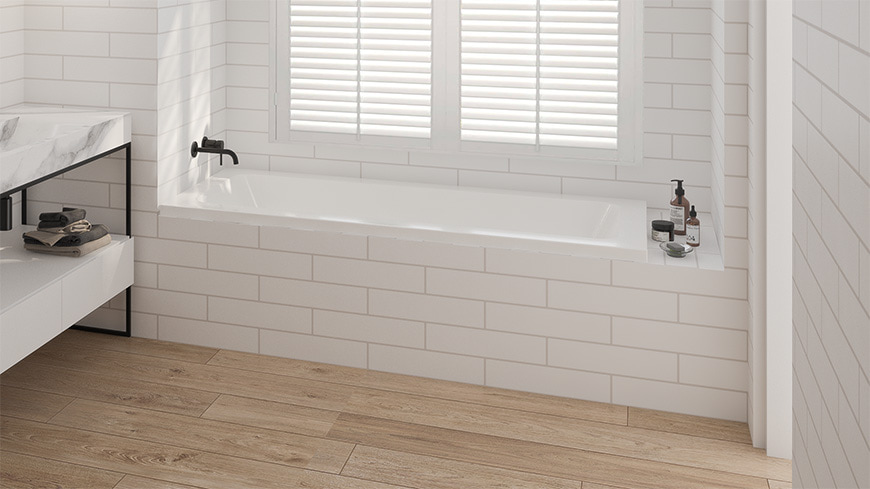
Whirlpools and Hydrotherapy
Whirlpool or hydrotherapy baths provide an at-home spa experience with their massaging water jets. They're ideal for individuals looking for therapeutic baths without leaving the house, elevating the health dimensions of your bathroom design.
Bathroom Design That Dives Deep
Sizing Up Your Space
When choosing a bath for your bathroom, it's essential to assess the available space. A too-large bath can make a room feel cramped, while one that's too small might look out of place. Measure twice and select wisely to ensure a harmonious fit within your bathroom's layout.
Cohesion in Style and Material
The bath should complement the overall style and material palette of your bathroom. Whether you're going for a contemporary, minimalist feel or a more traditional, opulent design, the textures and tones should speak a coherent language, with the bath serving as a vital component of this conversation.
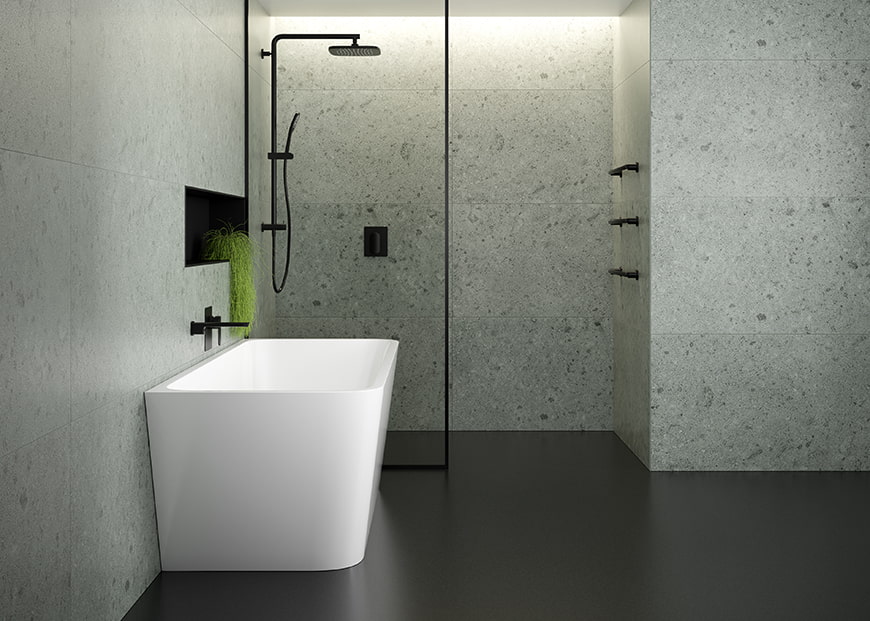
Lighting
Lighting can transform the perception of a space and is particularly crucial in the bath area. Incorporate dimmers to adjust the mood and strategically place sconces or pendants to accentuate the bath's contours. Natural light is also a powerful ally that should be considered in the positioning of your bath.
Accessorise
Bath accessories are the finishing touches that balance practicality with style. Whether it's a caddy to hold your book and glass of wine, a luxurious bathrobe hook, or a sleek handheld shower, these elements should enhance the bath experience and contribute to the overall design aesthetic.
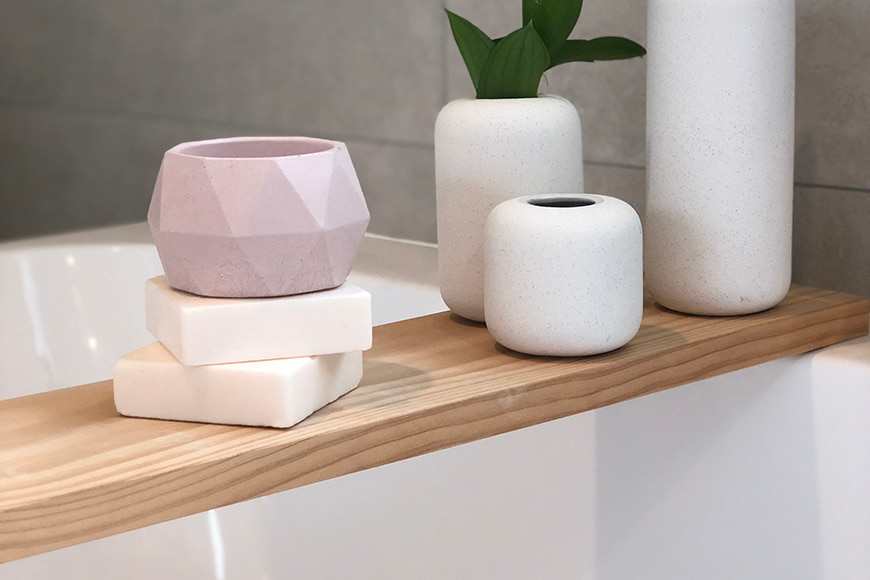
Installation and Maintenance
Installing Your Dream Bath
Bath installation can be a complex DIY project or one best left to professionals, depending on your expertise and the specifics of the chosen bath. From creating accurate measurements and supporting structures to connecting plumbing and ensuring watertight seals, thoroughness is key to a successful installation.
Keeping Your Bath Pristine
Regular maintenance is crucial to safeguard the beauty and performance of your bath. Understand the recommended cleaning and care instructions for the material of your bath. Properly cleaning and drying your bath after use can prevent mould, limescale, and other issues that can tarnish its allure over time.
Conclusion: Immersing in Bathroom Elegance
Incorporating a bath into your bathroom design is more than just a project – it's a pathway to enhancing your lifestyle. Bathing in luxury should not be reserved for the occasional spa visit. By thoughtfully selecting, designing around, and enjoying your bath, you create a space that encapsulates comfort, health, and home value.
Bath FAQs
What should I consider before choosing a bath for my small bathroom?
When dealing with limited space, consider compact or corner bath designs that maximise space efficiency. Measure your bathroom meticulously to ensure a good fit and opt for baths with added features like in-built storage or shower capabilities to optimise functionality.
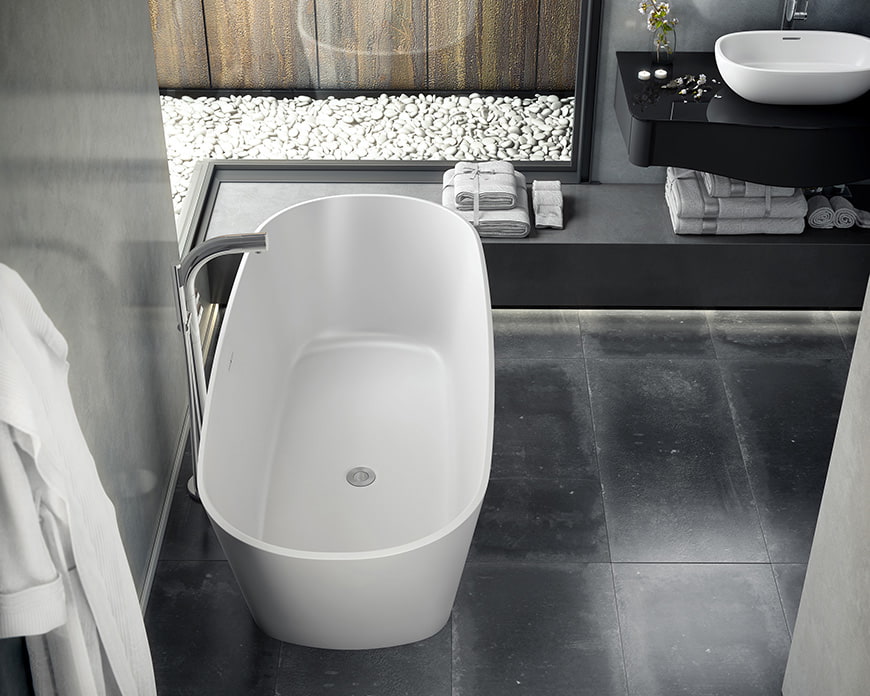
How do I decide between a freestanding bath and a built-in bath?
The choice between a freestanding and built-in bath depends on your bathroom's layout, size, and personal style preferences. Freestanding baths are versatile and serve as a focal point in larger bathrooms, while built-in baths are ideal for space-saving and can be easily integrated into smaller bathrooms or those with a sleek, modern aesthetic.
Can I install a new bath in my bathroom without professional help?
DIY installation can be viable for those with adequate DIY skills, particularly in simpler projects like replacing like-for-like baths. However, if your project involves complex plumbing, structural alterations, or you're unsure about any aspect, it's safer and often more cost-effective in the long run to enlist professional help.
How often should I clean my bath and what products should I use?
Regular cleaning is recommended after every use to prevent soap scum, mould, and limescale build-up. Use gentle, non-abrasive cleaners suitable for your bath's material. Avoid harsh chemicals that can damage the surface. For natural solutions, consider mild detergents, vinegar, or baking soda-based mixtures.